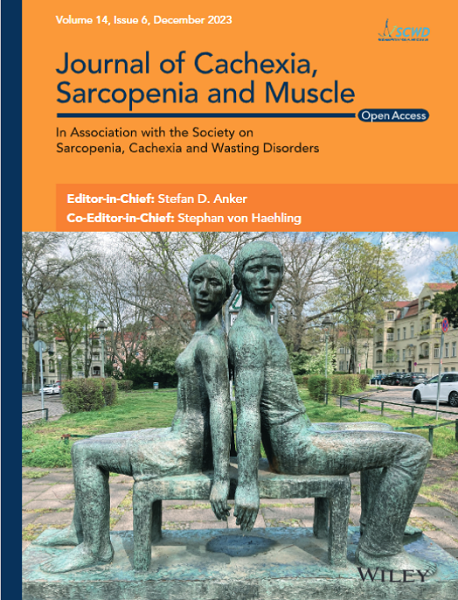Prepregnancy Obesity Reprograms Offspring Skeletal Muscle Fibre Transition Through H3K9me3
Abstract
Background
Maternal prepregnancy obesity predisposes offspring to obesity and metabolic disorders, yet its impact on skeletal muscle fibre transition remains unclear. Given that skeletal muscle plays a crucial role in systemic metabolism, we investigated how maternal prepregnancy high-fat diet (HFD) influences muscle fibre composition and metabolic function in offspring.
Methods
We established mouse models with a prepregnancy chow diet (CD) and a prepregnancy high-fat diet (HFD) for 8 weeks to compare metabolic phenotypes in offspring. Skeletal muscles from offspring were analysed using RNA sequencing, quantitative reverse transcription polymerase chain reaction and western blot to understand the changes in metabolic and signalling pathways. siRNA knockdown and lentiviral-mediated overexpression experiments were conducted in vitro and in vivo to validate molecular mechanisms. Chromatin immunoprecipitation followed by qPCR (ChIP-qPCR) was used to assess histone modification levels at promoter regions.
Results
Male and female offspring of prepregnancy obese dams (mHFD) exhibited a significant reduction in slow-twitch oxidative fibres (p < 0.001) and an increase in fast-twitch glycolytic fibres compared with controls. This was accompanied by impaired glucose tolerance (AUC increased by 12.87%, p < 0.01), insulin resistance and mitochondrial dysfunction (mtDNA copy number reduced by 31%, p < 0.01). RNA sequencing identified IDH2 as the most significantly downregulated gene (29.67% decrease, p < 0.001), with protein levels further reduced in male (30.15%, p < 0.01) and female (46.02%, p < 0.0001) offspring. IDH2 knockdown in C2C12 cells impaired mitochondrial biogenesis and led to higher oxidative stress (NADP+/NADPH ratio elevated by 32%, p < 0.01), while IDH2 overexpression restored mitochondrial integrity, enhanced slow-twitch fibre proportion (26.43 ± 0.6936% in mHFD-LV-IDH2, p < 0.01) and improved glucose metabolism (fasting glucose reduced by 14.7%, p < 0.01). ChIP-qPCR revealed increased H3K9me3 enrichment at the IDH2 promoter (2.54-fold in males, 2.55-fold in females, p < 0.0001), suggesting transgenerational epigenetic regulation.
Conclusions
Maternal prepregnancy obesity induces a metabolic shift in offspring skeletal muscle by promoting a slow-to-fast fibre transition and impairing mitochondrial biogenesis. This effect is mediated by IDH2 suppression via H3K9me3 histone modification, contributing to systemic insulin resistance. Targeting IDH2 may represent a potential therapeutic strategy to mitigate metabolic dysfunction in offspring exposed to maternal prepregnancy obesity.


 求助内容:
求助内容: 应助结果提醒方式:
应助结果提醒方式:


